Ospreys are a bird of many names! They are commonly referred to as “western ospreys,” “fish hawks,” “sea hawks,” and “river hawks.” As their many pseudonyms may suggest, these birds of prey are almost always associated with water bodies. They live and nest in close proximity to water, and the vast majority of their diet consists of fish. Read on to learn about the osprey.
Description of the Osprey
Ospreys are large birds of prey with sharp, hooked beaks, and long talons. Their wingspan can reach nearly 6 ft. across, and they weigh a little over 3 lbs. on average. Their feathers are brown, white, black, and grey.
They can easily be recognized in flight by their mottled wings, and five long wingtip feathers. Males and females are quite similar in appearance, and can only be distinguished by a few minor differences.
Interesting Facts About the Osprey
Ospreys are some of the most widely distributed raptor species, and chances are you have seen one before. There is more to this skilled predator than fishing and flying, learn more about these magnificent creatures below.
- Dual Grip – Besides owls, most raptors have three digits in the front, and a single claw facing the opposite direction. Ospreys are the exception to this rule, having two talons in front and two talons behind. This gives them a little extra grip on their slippery prey.
- Hooked Em’ – The talons are also incredibly curved, in comparison to other birds of prey. When these hawks strike a fish they are looking to hook the fish in their talons more than squeeze it with their feet. As any fisherman could tell you, its easier to hold a fish under the gills than try and squeeze it with both hands!
- DDT? DDon’t! – Like peregrine falcons and many other birds of prey, ospreys suffered heavily while the pesticide DDT was in use. This terrible pesticide got into the water, and accumulated in the bodies of their prey. The more prey the bird ate, the more pesticide it accumulated in its body. This process is called bioaccumulation. One major problem with DDT was that it caused eggshells to weaken, and reproduction to virtually cease. Thankfully it was illegalized.
- Perfect Platforms – In some areas humans will create man-made areas for ospreys to safely build nests. These platforms are readily adopted by ospreys, and help them keep their eggs and chicks away from terrestrial predators.
Habitat of the Osprey
These birds are found in temperate and tropical habitats across every continent on earth. Antarctica (where there are no temperate or tropical areas) is the only continent on which they cannot be found. Their favorite nesting sites will have easy access to open, shallow water, allowing them to hunt fish. They can be commonly found living near lakes, streams, marshes, swamps, rivers, oceans, and lagoons.
Distribution of the Osprey
You can find these birds virtually anywhere that you can find bodies of water. In North America they are found from Newfoundland and Canada all the way down to Argentina. They are mostly absent from the very center of the United States and Mexico.
In Africa they are found anywhere south of the Sahara Desert. Their European populations run through Finland, Ireland, England, Scandinavia, Wales, and Scotland. In Australia there are patchy populations around the edges of the continent in close proximity to the ocean. Finally, these birds can be found across southern Asia, and a strip across the northern end of the continent just below the polar regions.
Diet of the Osprey
Most of this bird’s diet consists of fish. In fact, a usual diet is made up of 99% fish species. Their eyes are specially adapted to identifying underwater fish while they are flying in the air. When they aren’t fishing they will take the occasional small mammal, bird, insect, reptile, or amphibian.
Osprey and Human Interaction
Because these birds are so incredibly widespread their population as a whole is stable. They are not in decline, and only certain regional subspecies or populations could be considered in danger of extinction. With that said, they have been put in danger before by human interaction.
Collection of eggs and hunting for feathers were common in the 19th and 20th centuries, before protections were put in place. The introduction of the toxic pesticide DDT caused an additional steep decline in many populations. Thankfully their numbers bounced back quickly, and they are currently not in danger of extinction.
Domestication
Ospreys are not domesticated in any way.
Does the Osprey Make a Good Pet
In most states it is illegal to own an osprey as a pet.
Osprey Care
Most ospreys in zoos are individuals that were injured and unable to be released. Depending on the injury (some birds are blind or unable to fly) they require different care procedures. Those that can fly easily are provided with plenty of space for exercise. A water source is also a must for these birds. Their diet consists of fish, which varies based on the facility.
Behavior of the Osprey
Ospreys are solitary birds for the most part, but have been known to congregate during the winter months when roosting. They are territorial, but not aggressively defensive of their territory. The exception to this rule is when birds encroach on their nesting area, which they defend vigorously.
Reproduction of the Osprey
These raptors usually mate for life, but they have been recorded breeding with more than one mate. The female lays between two and four eggs in a large nest of sticks and branches. The eggs are incubated for a little over a month before hatching. Osprey chicks can fledge as early as eight weeks old. Once the chicks are three or four years old they hit sexual maturity, and can begin to breed.


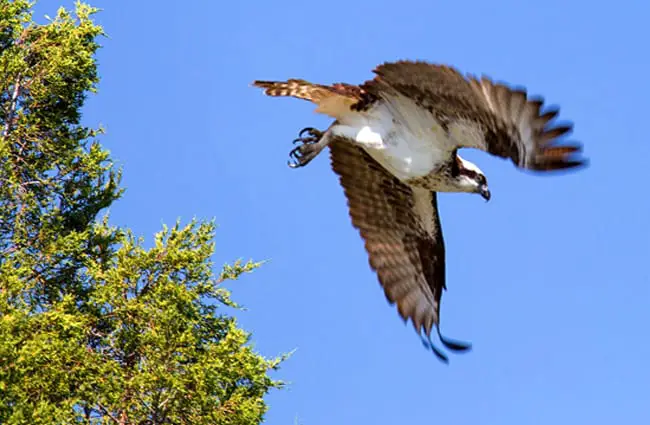
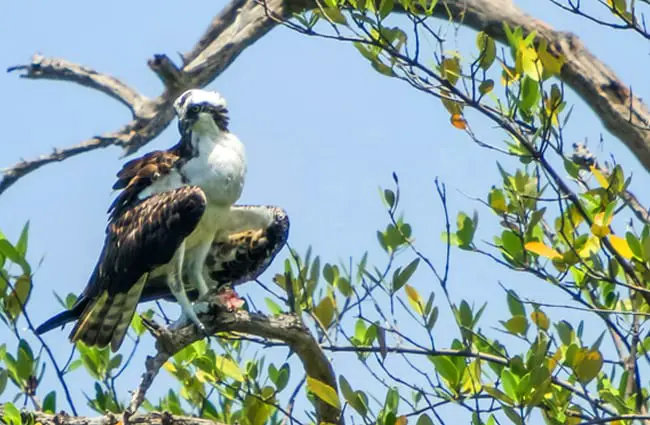
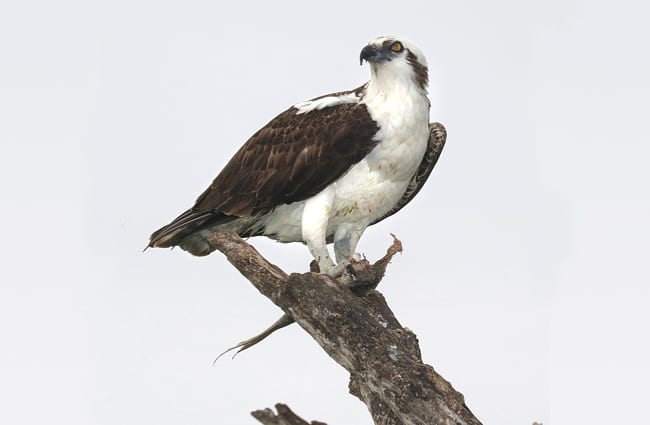
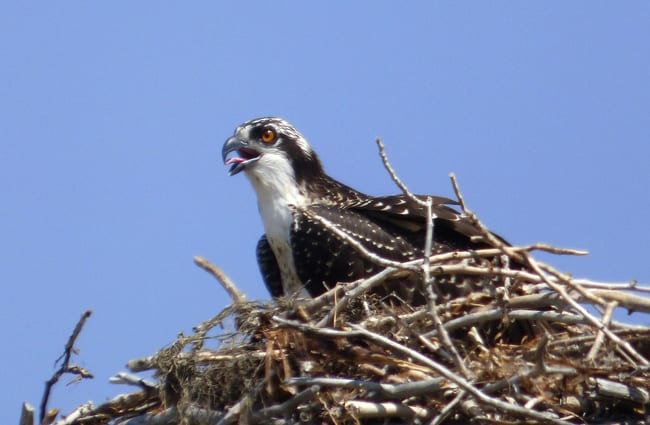
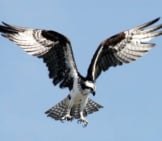
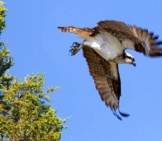
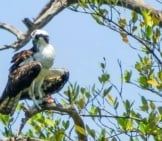
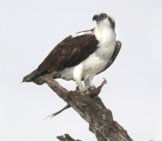
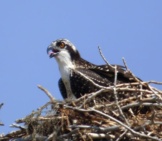
![Red Angus Closeup of a beautiful Red Angus cowPhoto by: U.S. Department of Agriculture [pubic domain]https://creativecommons.org/licenses/by/2.0/](https://animals.net/wp-content/uploads/2020/03/Red-Angus-4-238x178.jpg)












![Red Angus Closeup of a beautiful Red Angus cowPhoto by: U.S. Department of Agriculture [pubic domain]https://creativecommons.org/licenses/by/2.0/](https://animals.net/wp-content/uploads/2020/03/Red-Angus-4-100x75.jpg)

